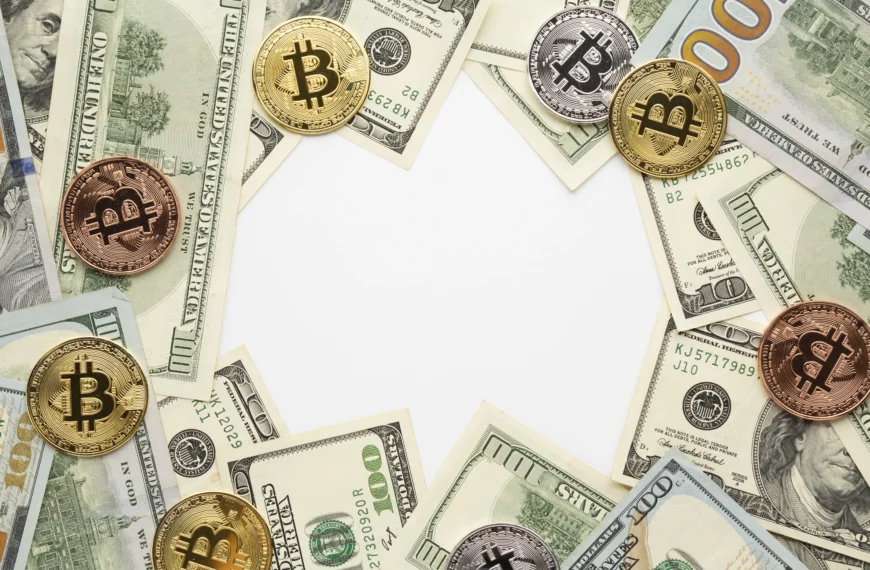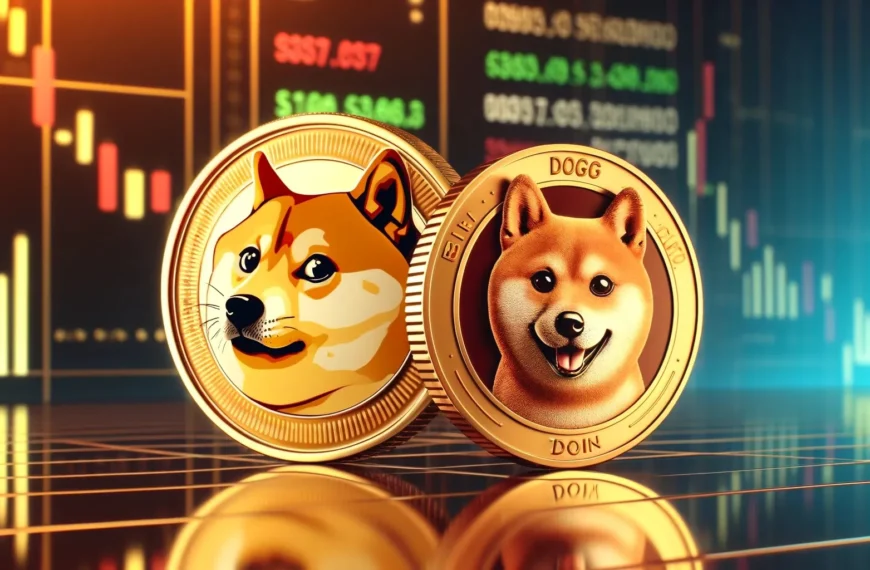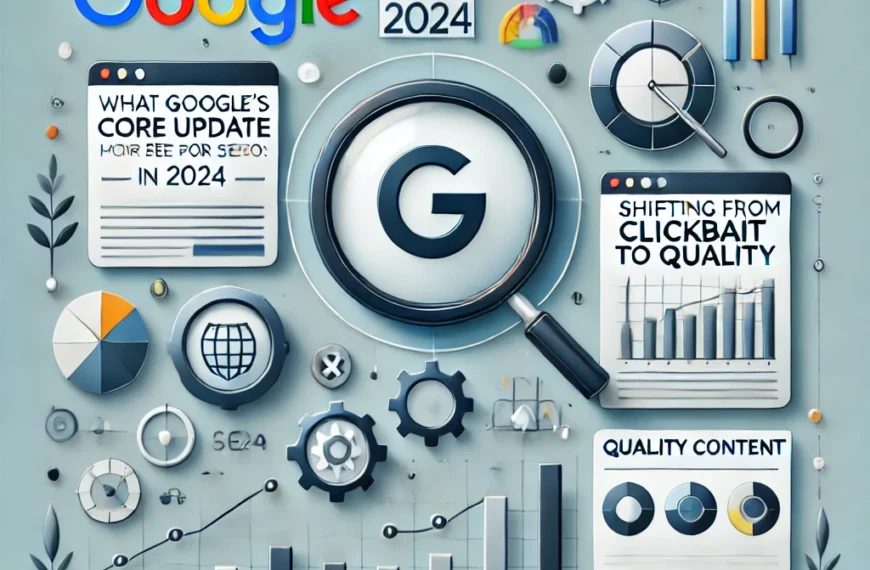Let’s rewind for a second—because this isn’t just a polite diplomatic handshake over chai and samosas. U.S. Vice President JD Vance has landed in India with more than a suitcase and photo ops. The visit comes during a curious pause in Washington’s tariff tirade, courtesy of President Trump’s 90-day “calm-before-the-storm” freeze on new duties.
Table of Contents
What Sparked the High-Level Meeting Between JD Vance and PM Modi?
India, eyeing opportunity in the silence, rolled out the red carpet for Vance—not just to woo American dollars, but to finally nudge the relationship past “strategic partners” into “let’s-make-money-together” territory.
It’s a meeting that blends high stakes with higher hopes. And it couldn’t come at a more dramatic time—with economic uncertainties, a global tech tug-of-war, and Washington’s trade nerves stretched thinner than instant noodles.
What’s on the Table? Key Issues in the U.S.-India Trade Talks
So, what exactly are Modi and Vance scribbling on their diplomatic notepads? Short answer: a buffet of big-ticket items.
- Defense cooperation is up top, because let’s face it—shared anxieties over China have made the Indo-Pacific suddenly fashionable.
- Digital commerce and data flow regulations are next, especially with both countries trying to avoid a full-on regulatory meltdown.
- Clean energy investments and manufacturing ties are also key—think EV batteries, solar tech, and a potential Indian pitch to become “China Lite” for U.S. supply chains.
- And yes, the elephants in the room: tariffs on Indian textiles, steel, and pharmaceuticals, and immigration policies (more on that spicy topic in a minute).
In short, it’s not just a trade chat—it’s a geopolitical pitch meeting with global ripple potential.
Why JD Vance’s Visit Signals a Shift in U.S. Policy Toward India
For those wondering, “Why JD Vance?”—you’re not alone. The Ohio senator-turned-VP isn’t exactly your garden-variety diplomat. He’s known more for fiery nationalism and economic populism than globe-trotting handshakes. So his arrival in Delhi says one thing loud and clear: India is not just important, it’s pivotal.
Vance represents the evolving face of U.S. foreign policy—less obsessed with legacy alliances and more focused on transactional, high-leverage partnerships. His trip signals a recalibration: India is no longer just the “democratic counterweight to China”—it’s now a potential engine of U.S. economic interests.
And with Trump’s America leaning heavily toward bilateral deals over multilateral messiness, India might find itself uniquely positioned to strike a sweet, steel-reinforced bargain.
How Could a Trade Deal Impact Indian Tech and American Business?
Let’s talk real-world impact—because beyond the bureaucratic buzz, this deal could reboot sectors on both sides of the ocean.
In India, expect:
- Tech giants in Bengaluru to cheer (quietly, with code) if data localization and cross-border commerce rules ease up.
- The manufacturing sector smells fresh U.S. capital like bloodhounds—especially in defense, semiconductors, and renewables.
- A possible surge in R&D partnerships with U.S. firms, boosting innovation but also competition for local players.
In America, the math could also make sense:
- Cheaper, high-quality Indian imports could ease inflationary pressures.
- U.S. firms might gain deeper access to one of the world’s fastest-growing middle classes—an appetizing customer base if there ever was one.
- And yes, expect Silicon Valley to raise a toast (or twelve) if hiring skilled Indian techies becomes smoother and less wrapped in red tape.
Will H-1B Visas and Tariff Talks Finally See Progress?
Ah, the thorny twins of Indo-U.S. diplomacy: H-1B visas and tariffs. These two have been clogging the diplomatic drainpipe for over a decade.
On H-1Bs, India wants fewer hurdles, shorter queues, and less existential dread for their IT professionals. The U.S., on the other hand, is caught in a domestic debate that sees immigration through both an economic and political lens, especially under Trump’s watchful gaze.
Also Read: Is Trump Using Tariffs to Rewrite the U.S.-Japan Alliance Deal?
Still, with Vance in the room and tech sector pressure mounting back home, there’s cautious optimism that reforms—maybe caps, maybe fast-tracks—could emerge.
As for tariffs, the 90-day pause has opened a rare window. India is pushing for exemptions on certain exports and lower duties on pharmaceuticals and raw materials. Whether Team Trump budges will likely depend on how much political mileage they can extract from the deal—and whether it can be sold as a win back home.
Is This the Economic Alignment Both Countries Have Been Waiting For?
Let’s not get ahead of ourselves, but… maybe?
The Modi-Vance meet could be more than just a photo op—it might just lay the foundation for a game-changing alliance that’s built not just on shared values, but mutual economic ambition.
For India, it’s a shot at deeper integration into the global supply chain, less dependence on China, and more say in international trade norms.
For the U.S., it’s a chance to reshape global power dynamics, secure new allies in tech and defense, and double down on an “Indo-Pacific-first” strategy that’s long been in the making.
If both sides can swallow a few egos, sidestep political landmines, and resist the urge to slap last-minute tariffs on each other, this might just be the start of a powerful, profitable new chapter in the U.S.-India relationship.
Conclusion
In a world where trade talks often amount to little more than press statements and reheated promises, the JD Vance–Modi meet feels… different. Less fluff, more fire.
Both sides are navigating internal pressures, external threats, and economic uncertainty—but maybe that’s exactly why this moment matters.
Because when two democracies decide to bet on each other, especially with wallets wide open, the global market tends to listen.
Will it end with a historic handshake—or just another round of diplomatic déjà vu?
We’re watching. And so is Wall Street.












